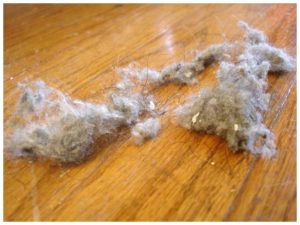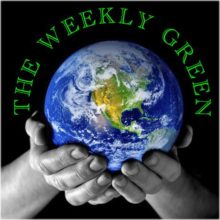 Air pollution causes 6.5 million deaths each year, according to a recent report by the International Energy Agency, which did the study because it considers energy production and use the dominant cause of air pollution.
Air pollution causes 6.5 million deaths each year, according to a recent report by the International Energy Agency, which did the study because it considers energy production and use the dominant cause of air pollution.
But, as Arizonans know all too well, there are other things beside the sooty residue from fossil fuels that thicken the air; sand for instance. The world’s deserts are expanding, making for more sand, and the wind can easily carry sand from a desert half-way across the globe right into our own back yards. It is very much a global thing. From a respiratory point of view, sand is not too bad, as long as you’re not in the middle of a haboob, because it is relatively coarse and can be easily filtered out by the upper respiratory system.
But with the sand travel yet other, smaller things – fungi, microbes, spores, pollen. As long as they only make you sneeze, you will be allright, though. It’s the things that make you cough that are the real concern and those are for a significant part human-made – microscopic metal shavings from power tools and vehicle transmissions, minute fibers from agriculturaland industrial processing, chemical residues – the list is truly endless. A good thing, then, that there is a single word that covers it all: dust.

The Second Law of Thermodynamics, echoing the Book of Genesis, states that all structured systems tend to disintegration, that is, all things will ultimately become dust. You can find the mixed remains of everything that ever was right under your doormat, from mountains to plastic water bottles and everything – and everyone – in between. Even dust itself tends to become more dusty, because the particles abrade each other in the air. The finer the dust, the harder it is for your body to keep it out. The World Health Organization’s 1999 paper on airborne dust is an excellent source of information on the issue and ways to mitigate it at least to some extent.
One particularly nasty form of dust is the smoke generated by wildfires and yes, it is the season. The Pima County Department of Environmental Quality, in collaboration the U.S. EPA and the New Mexico Department of Health, has developed a system for residents to determine the potential health risks of nearby wildfires. You can find the guide on the County’s website.
Talking about water bottles, by the way: Nestle plans to to open a bottled water plant in Phoenix, processing 35 million gallons of the city’s water to produce 264 million half-liter bottles in the first year. The good news is that this will create 40-50 jobs. But there are quite a few folks who think that the draw-backs outweigh the benefits. Find out more about it at ecowatch.com.
But back to dust. It’s funny how we usually only think of it after it has become a problem. Remember the Mars Rover Opportunity, the one that kept running around the Red Planet for months longer than expected? If it weren’t for a favourable Marsian windstorm, it would have died soon after landing, its solar arrays covered in dust and inoperable. The engineers had not thought of including dust wipers, which on Mars you need as much as we need windshield wipers down here when the rain comes.
(Broadcast 3:40)

